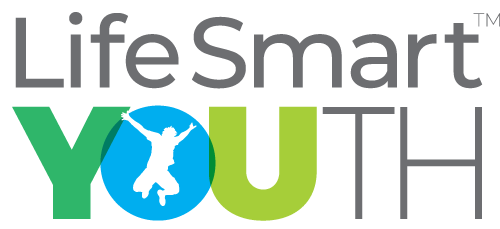Social networking sites, virtual worlds, and blogs are how teens and tweens socialize online and keep connected to friends and family; it’s our job as trusted adults to help kids learn how to navigate these spaces safely. Among the pitfalls that come with online socializing are sharing too much information or posting comments, photos, or videos that can damage a reputation or hurt someone’s feelings.
Applying real-world judgment can help minimize those risks.
Remind Kids that Online Actions Have Consequences
- Kids should post only what they’re comfortable with others seeing.
- Remind kids that once they post it, they can’t take it back.
Tell Kids to Limit What They Share
- Help your kids understand what information should stay private (social security number, address, bank account info, etc.).
Set Them Up with a Safe Profile
- Limit access to your kids’ profiles by using the adjustable privacy settings.
- Create a safe screen name. For privacy purposes, your kids’ screen names should not be the same as their email addresses.
- Review your child’s friends list. You may want to limit your children’s online “friends” to people they actually know.
Talk to Kids About What They’re Doing Online
- Know what your kids are doing and who they’re in touch with online. Get to know the social networking sites your kids use and who they’re talking to.
- Encourage your kids to trust their gut if they have suspicions.
- Encourage them to tell you if they feel threatened by someone or uncomfortable because of something they’ve experienced online.
Information courtesy of the Federal Trade Commission
More Internet Safety Resources
McGruff Safe Kids: 10 Internet Safety Tips for Kids
KidsHealth: Internet Safety

